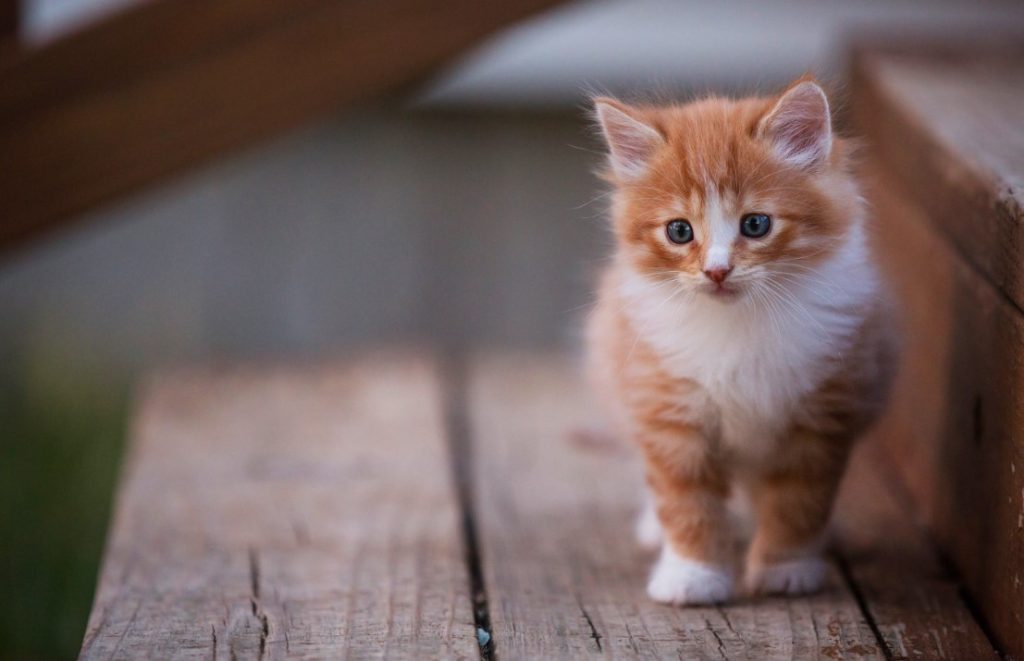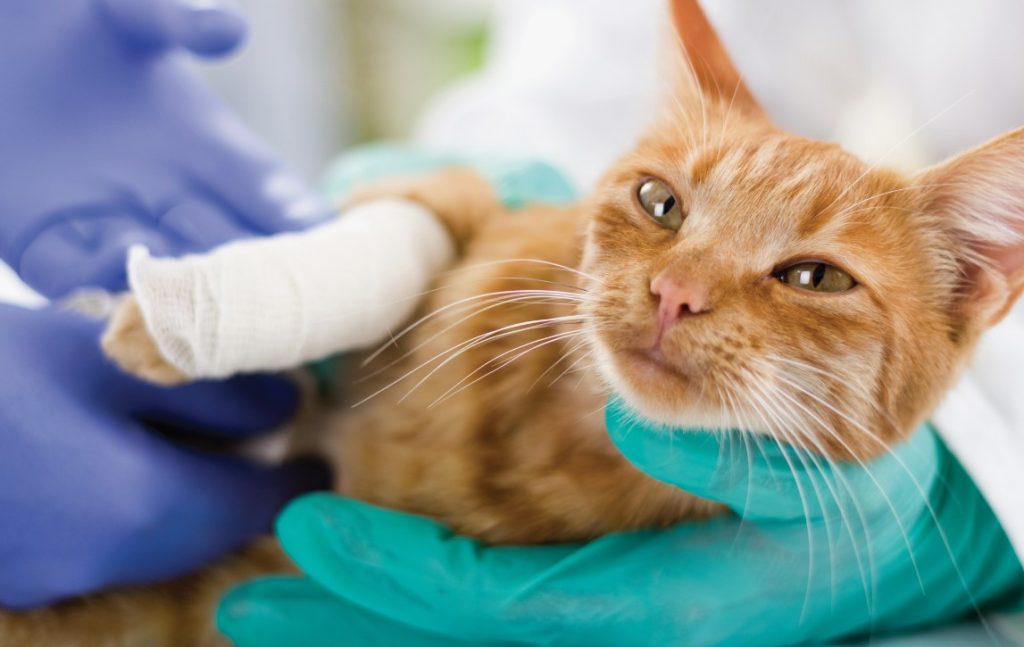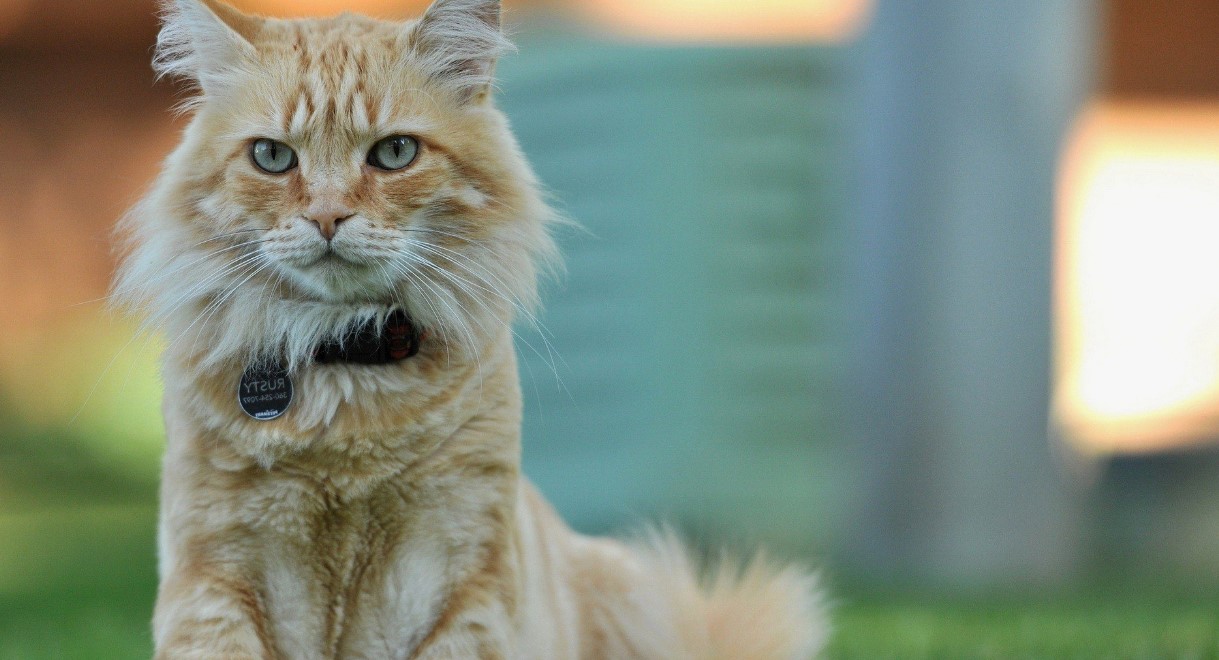Kidney diseases are among the most critical health issues affecting cats, leading to severe consequences if not managed appropriately. The structure of the kidneys, their functions, and the impact of nutrition on these organs are vital to understanding how to prevent and treat kidney problems in cats. Specialized diets, such as renal cat food, play a crucial role in managing these conditions effectively.
The Structure of the Kidneys in Cats
The kidneys in cats are paired oval organs located in the abdominal cavity, specifically at the level of the 7th and 8th ribs, on either side of the spine. The left kidney is more mobile compared to the right. Each kidney is composed of several parts:
1. Outer Cortex: The outer layer of the kidney.
2. Inner Medulla: The inner region of the kidney.
3. Renal Pelvis: A funnel-shaped cavity that leads into the ureter.
4. Nephrons: The functional units of the kidney, each consisting of glomeruli (clusters of capillaries) and tubular systems.
5. Outer Capsule: A protective layer that shields the kidney from damage.
6. Fibrous Capsule: Another protective layer located within a fatty capsule, whose thickness varies depending on the cat’s weight.
These structures work together to filter blood, remove waste, and balance fluids and electrolytes in the body.
Functions of the Kidneys
The kidneys perform several vital functions, including:
1. Filtration: Removing waste products and excess substances from the blood to form urine.
2. Reabsorption: Returning necessary substances back to the bloodstream.
3. Secretion: Releasing specific hormones like erythropoietin, which stimulates red blood cell production.
4. Excretion: Eliminating waste products from the body.
5. Regulation: Balancing electrolytes, blood pressure, and blood volume.

Kidney Diseases in Cats
Kidney diseases can arise from various factors, with poor diet being one of the most significant causes. Some common kidney diseases in cats include:
1. Chronic Kidney Disease (CKD): A progressive condition where the kidneys gradually lose function over time. It is the most common form of kidney disease in cats and often results from aging or other underlying health issues.
2. Acute Kidney Injury (AKI): A sudden decrease in kidney function, often due to toxins, infections, or severe dehydration. AKI can develop rapidly and requires immediate veterinary attention.
3. Polycystic Kidney Disease (PKD): A genetic disorder leading to the formation of cysts in the kidneys. It is more prevalent in certain breeds, such as Persian cats.
4. Urinary Tract Infections (UTIs): Infections that can spread to the kidneys if untreated, leading to more severe complications.
Causes and Symptoms of Kidney Disease
Kidney disease in cats can be caused by various factors, including:
– Poor Diet: Diets high in protein and phosphorus can stress the kidneys.
– Genetics: Certain breeds are predisposed to kidney issues.
– Toxins: Ingestion of harmful substances such as antifreeze, certain plants, and medications.
– Infections: Bacterial infections can ascend from the bladder to the kidneys.
– Dehydration: Chronic dehydration can damage kidney function over time.
– Age: Older cats are more prone to kidney disease due to the natural aging process.
Symptoms of kidney disease in cats may include:
– Increased thirst and urination
– Weight loss
– Vomiting
– Decreased appetite
– Lethargy
– Bad breath (often described as having a chemical smell)
– Poor coat condition
Early detection and treatment are crucial for managing kidney disease effectively.

Nutritional Management for Cats with Kidney Disease
Proper nutrition plays a crucial role in managing kidney disease in cats. Here are the general principles:
1. Low Protein Diet: The diet should contain a minimum amount of protein to reduce the workload on the kidneys. However, it’s essential to find a balance to prevent weight loss. Easily digestible protein sources, such as chicken and rabbit meat, are ideal.
2. Hydration: Cats with kidney disease are prone to dehydration. Ensure your cat has constant access to clean water. Wet food can also help increase water intake.
3. Limited Phosphorus: Excess phosphorus can lead to hyperphosphatemia in cats with kidney disease. Thus, phosphorus intake should be limited.
4. Calcium Intake: Sufficient calcium from plant sources is necessary to maintain healthy teeth and bones.
5. Avoid Dairy and Fatty Meats: Minimize or exclude milk, dairy products, fatty meats, seafood, and salt from the diet.
6. Carbohydrate Sources: Avoid cereal porridges and crackers as carbohydrate sources.
7. Omega Fatty Acids: The diet should contain adequate amounts of omega fatty acids, antioxidants, and B vitamins.
Specific Nutritional Needs
– Protein: High-quality, easily digestible proteins help manage the nitrogen load on the kidneys. Overfeeding protein can worsen kidney function, but underfeeding can lead to muscle wasting.
– Phosphorus: Lowering phosphorus intake is crucial because the kidneys struggle to excrete excess phosphorus in cats with kidney disease.
– Sodium: Reducing sodium helps control blood pressure, which can prevent further kidney damage.
– Potassium: Monitoring and supplementing potassium may be necessary, as kidney disease can lead to low potassium levels, causing muscle weakness and other issues.
– Vitamins and Minerals: Cats with kidney disease often need additional vitamins and minerals, such as B vitamins and iron, to combat deficiencies caused by reduced kidney function.
Specialized Food for Cats with Kidney Disease
Specialized pet food is often the best nutrition for cats with kidney disease. One of the leading producers of such specialized food is Calibra. Calibra’s veterinary-formulated diets are designed to meet the specific dietary needs of pets with various health issues, including kidney disease.
Calibra Pet Food Highlights
– Hypoallergenic Formulations: Ideal for cats with digestive problems, kidney issues, or food allergies.
– Complete and Balanced Nutrition: No synthetic colors or chemical preservatives.
– Variety of Options: Available in chicken, lamb, fish, and duck formulations.
– Clear Ingredient Labeling: Ensures transparency and helps pet owners make informed choices.
– High Meat Content: Ensures sufficient protein while maintaining a low burden on the kidneys.
Pet owners prefer Calibra for its high-quality ingredients, superior packaging, and the trust that comes from a well-established brand committed to pet health.
Practical Tips for Managing Kidney Disease in Cats
1. Regular Veterinary Visits: Regular check-ups are essential to monitor kidney function and adjust treatment plans as needed.
2. Medication: Follow your veterinarian’s advice on medications that can help manage symptoms and slow disease progression.
3. Dietary Adjustments: Work with your vet to choose the best diet for your cat’s specific needs.
4. Hydration: Ensure your cat stays well-hydrated. Consider using water fountains to encourage drinking or providing wet food.
5. Monitor Symptoms: Keep an eye on your cat’s behavior and symptoms. Report any changes to your vet promptly.
6. Environmental Enrichment: Maintain a stress-free environment to support your cat’s overall well-being.
Conclusion
Understanding the structure and function of cat kidneys, as well as the impact of diet on kidney health, is essential for preventing and managing kidney diseases. Proper nutrition, hydration, and specialized pet food like Calibra can significantly improve the quality of life for cats suffering from kidney issues. Regular veterinary check-ups and adherence to dietary guidelines can help manage these conditions effectively, ensuring your feline friend stays healthy and happy. By taking a proactive approach to your cat’s kidney health, you can help prevent the onset of kidney disease and ensure that any existing conditions are managed effectively.

I am a career coach with more than 5 years of experience, helping job seekers navigate their job search through individual coaching, webinars and events. I am motivated by the mission to help people find self-fulfillment and belonging to their career.
